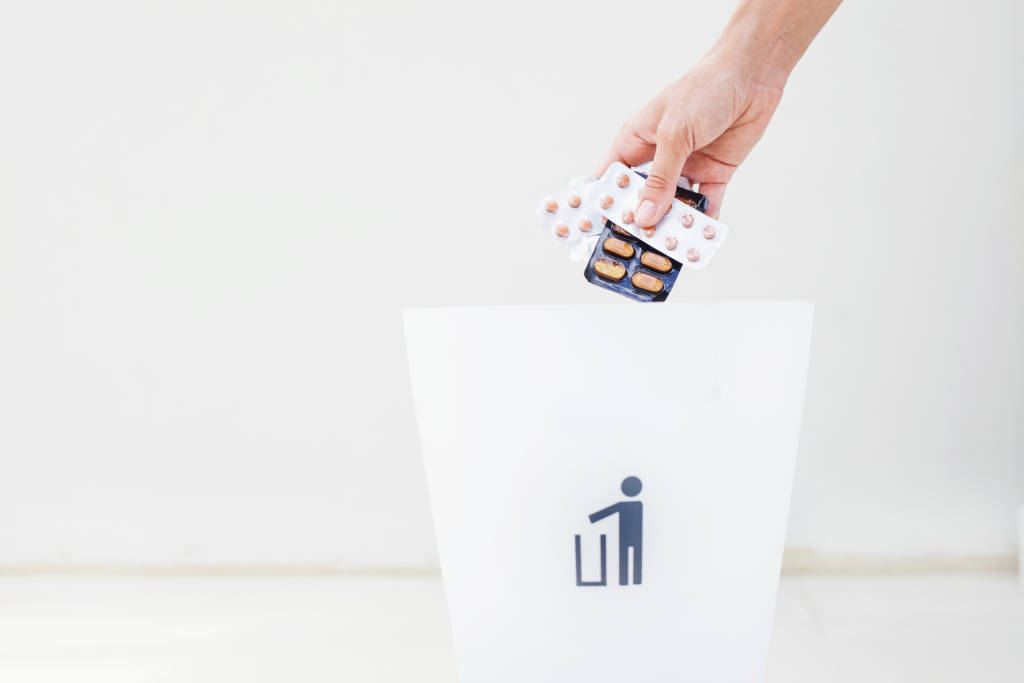People with kidney disease improved their blood pressure and cut medicine expenses in half after adding more fruits and vegetables to their diet, in a study presented Wednesday at the American Heart Association’s High Blood Pressure 2016 Scientific Sessions.
“It was remarkable that we achieved better blood pressure control using fewer drugs and without forcing people to change their diet completely,” said Nimrit Goraya, M.D., study author and program director for nephrology at Baylor Scott & White Health in Temple, Texas. “Instead, we provided food for the entire family so they could add fruits and vegetables to what they normally eat. This was important because many of these patients lived in neighborhoods without access to fruits and vegetables through local food banks or grocery stores.”
Diseased kidneys are less able to eliminate acid from the body, which can create abnormally high levels in the blood — a condition called metabolic acidosis. People with kidney disease are often treated with sodium bicarbonate, or baking soda, to neutralize the excess acid. Because many fruits and vegetables naturally reduce acid after they’re digested, metabolic acidosis can also be treated by increasing fruits and vegetables in the diet.
In the study, researchers compared blood pressure control in patients who received acidosis treatment via sodium bicarbonate fruits and vegetables to patients who didn’t receive acidosis treatment. All patients (36 in each group) were treated with medications to reduce their systolic (upper number) blood pressure to less than 130 mm Hg.
Researchers found:
- After five years, the average systolic blood pressure was lower (125 mm Hg) in the fruit and vegetable group than in patients receiving sodium bicarbonate (135 mm Hg) or no acidosis treatment (134 mm Hg).
- Although all groups started the study taking similar doses of common blood pressure drugs, by the end daily doses were lower in the fruit and vegetable group than in patients receiving sodium bicarbonate or no acidosis treatment.
- The average five-year drug cost for maintaining blood pressure was nearly half in the fruit and vegetable group ($79,760) than the sodium bicarbonate ($155,372) or no treatment groups ($152,305).
“In the long run, adding three to four servings of fruits and vegetables to the diet reduces blood pressure and lets people take fewer blood pressure drugs, reducing their medical costs,” Goraya said.
In an unrelated study, researchers from the University of São Paulo Medical School in Brazil, analyzed what type of exercise is the most beneficial for kidney disease patients on dialysis.
Data from 28 studies, involving 1,045 patients on dialysis, compared aerobic exercise, resistance (strength) training or both to control groups. Researchers found:
- A combination of aerobic exercise and resistance training best helped patients increase their aerobic fitness and reduce their blood pressure.
- Aerobic exercise and the combined training improved aerobic capacity when compared to control groups.
- Only the combined training reduced average systolic (top number) blood pressure (-5.88 mm Hg) and diastolic (bottom number) blood pressure (-3.93 mm Hg).
